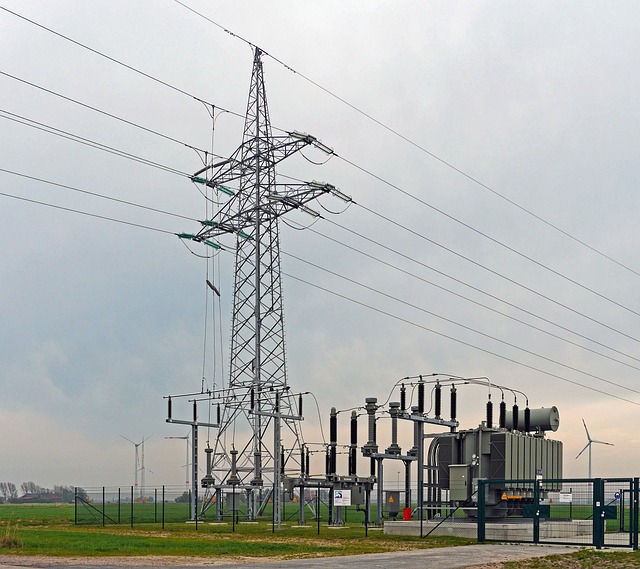As electric vehicles (EVs) gain popularity worldwide, it is essential to examine their impact on the power grid. The widespread adoption of EVs brings about both challenges and opportunities for grid infrastructure and electricity management. In this article, we will explore the impacts of electric vehicles on the grid and discuss potential solutions to ensure a seamless integration of EVs into the electrical grid.
- Increased Electricity Demand
The primary impact of electric vehicles on the grid is the increased demand for electricity. EVs require charging, and this additional electricity demand can strain the grid, especially during peak periods. Without proper management, the concentrated charging of multiple EVs in specific areas can overload local distribution networks and transformers.
However, with the right planning and infrastructure upgrades, this increased demand can be effectively managed. Smart charging systems, time-of-use pricing, and load management techniques can distribute the charging load more evenly throughout the day, reducing the strain on the grid.
- Grid Stability and Power Quality
The integration of electric vehicles into the grid presents challenges related to grid stability and power quality. The intermittent nature of renewable energy sources, such as solar and wind, can lead to fluctuations in power supply. When large numbers of EVs are charging simultaneously, it can exacerbate these fluctuations, potentially affecting grid stability.
To address this challenge, advanced grid management techniques can be employed. This includes demand response programs, which allow EV charging to be coordinated with renewable energy generation peaks. Additionally, energy storage systems can be integrated into the grid to store excess renewable energy and release it when needed, providing stability and balancing power supply.
- Grid Infrastructure Upgrades
The integration of electric vehicles into the grid necessitates infrastructure upgrades. Charging infrastructure, including public charging stations and residential chargers, needs to be expanded to meet the growing demand. Additionally, distribution networks and transformers may require reinforcement to handle the increased load and prevent localized grid congestion.
Investments in grid infrastructure upgrades are crucial to ensure the seamless integration of electric vehicles. Collaborative efforts between governments, utility companies, and private entities can help accelerate the deployment of charging infrastructure and grid enhancements.
- Vehicle-to-Grid Integration
One of the solutions to address the impacts of electric vehicles on the grid is vehicle-to-grid (V2G) integration. V2G technology enables bidirectional energy flow between EVs and the power grid. It allows EVs to not only consume energy from the grid but also supply energy back to the grid when needed.
V2G integration can help mitigate the impact of increased electricity demand by utilizing the stored energy in EV batteries during peak demand periods. It provides a mechanism to balance the grid, improve grid stability, and support renewable energy integration. EV owners can also benefit from participating in V2G programs by earning incentives for supplying energy back to the grid.
- Smart Grid and Advanced Metering
The development of a smart grid is vital to accommodate the increasing number of electric vehicles. Smart grid technologies, such as advanced metering infrastructure and real-time monitoring systems, enable efficient management of electricity distribution and consumption.
Advanced metering systems provide real-time data on electricity usage, allowing utilities to optimize grid operations and manage demand more effectively. Smart grids can identify available charging capacity, provide charging recommendations to EV owners, and support load balancing.
Conclusion
The integration of electric vehicles into the power grid brings both challenges and opportunities. While the increased demand for electricity and potential grid strain are concerns, they can be effectively managed through smart charging systems, grid management techniques, and infrastructure upgrades.
The seamless integration of electric vehicles into the grid requires collaboration between various stakeholders, including governments, utility companies, and EV manufacturers. By adopting solutions such as vehicle-to-grid integration and implementing smart grid technologies, the impacts of electric vehicles on the
grid can be mitigated, and the benefits of EVs, including reduced emissions and increased renewable energy utilization, can be maximized.
With careful planning, investment in infrastructure, and the adoption of innovative grid management strategies, electric vehicles can contribute to a more sustainable and resilient energy ecosystem. The electrification of transportation, coupled with a smart and efficient grid, presents an opportunity for a greener and more sustainable future.

